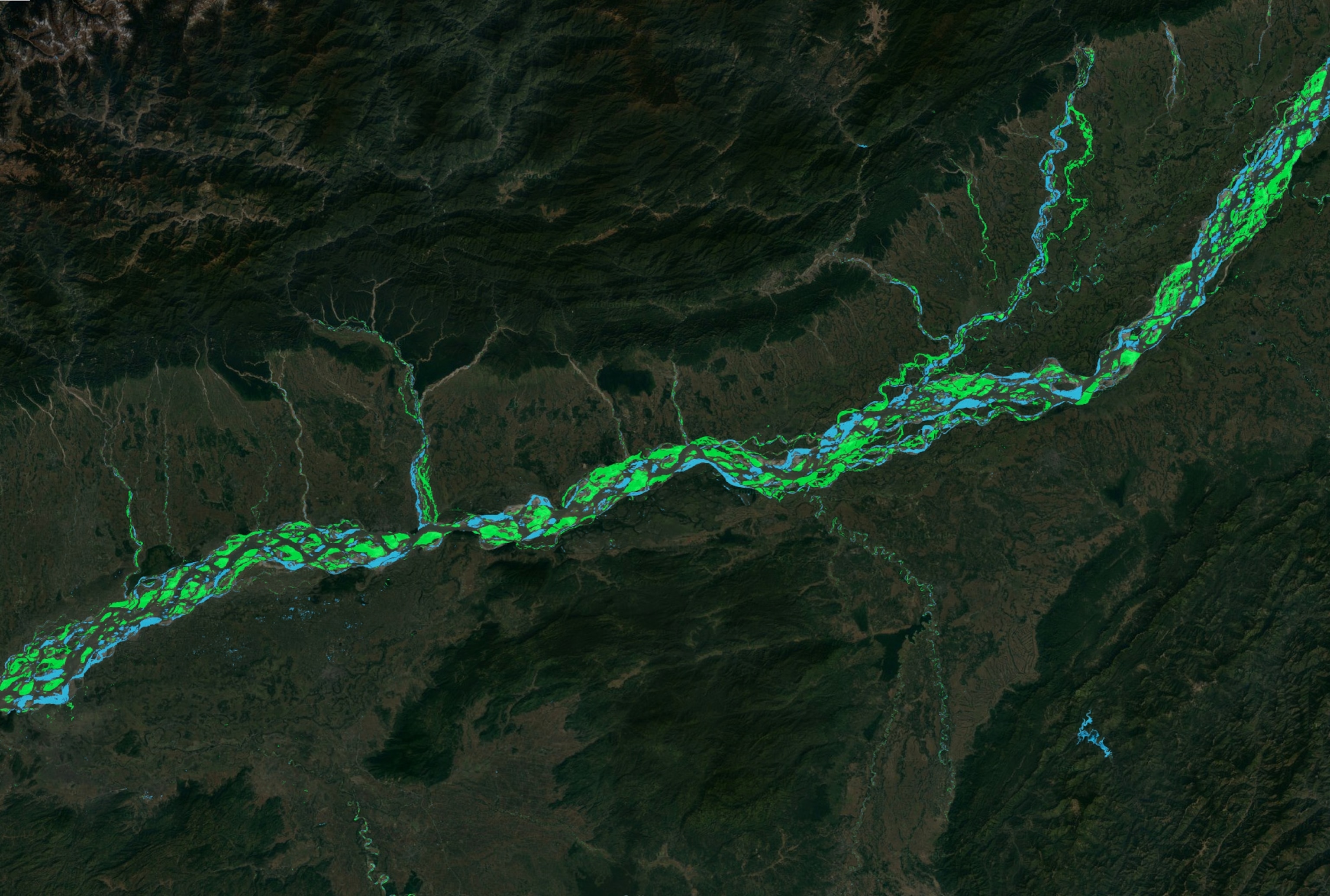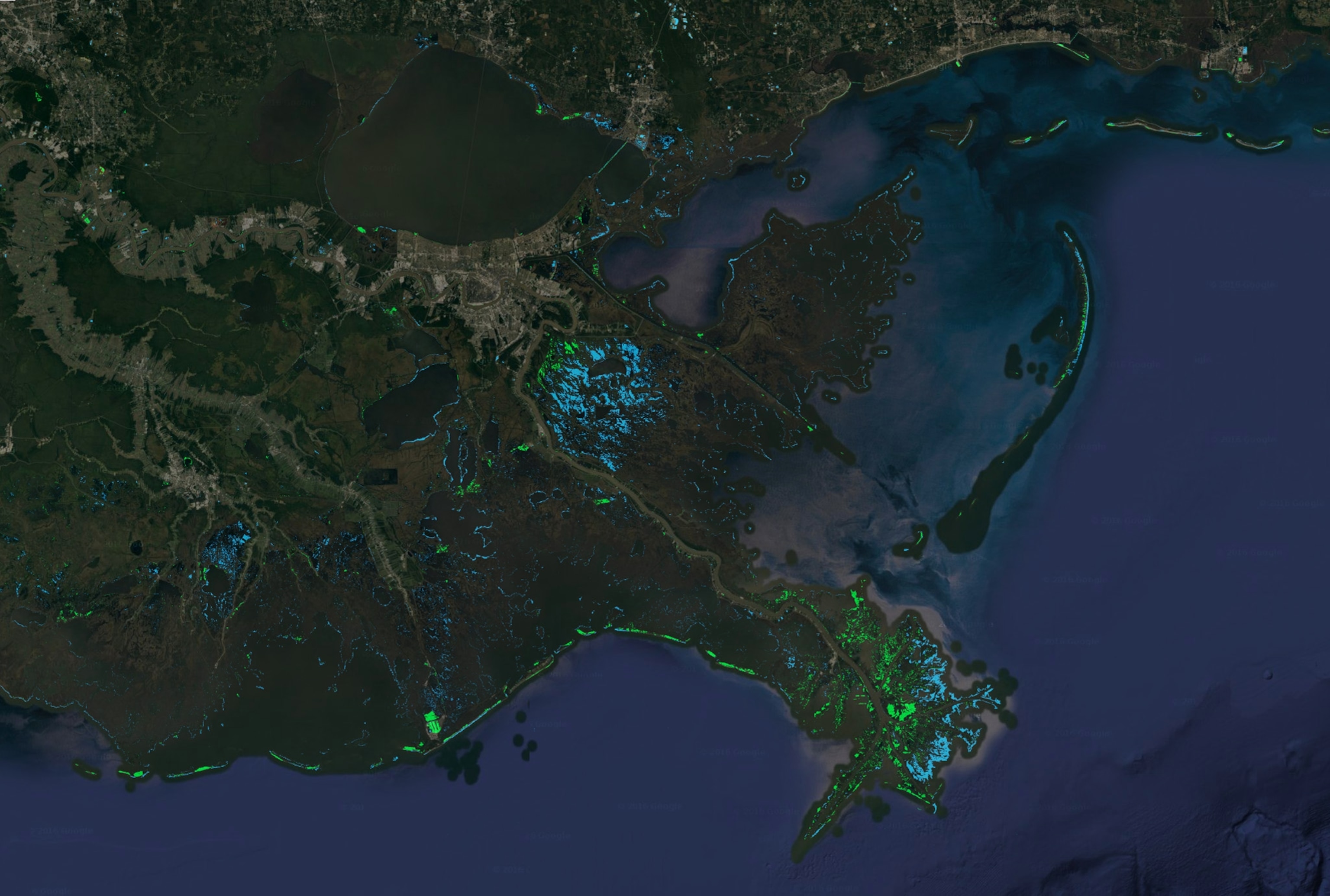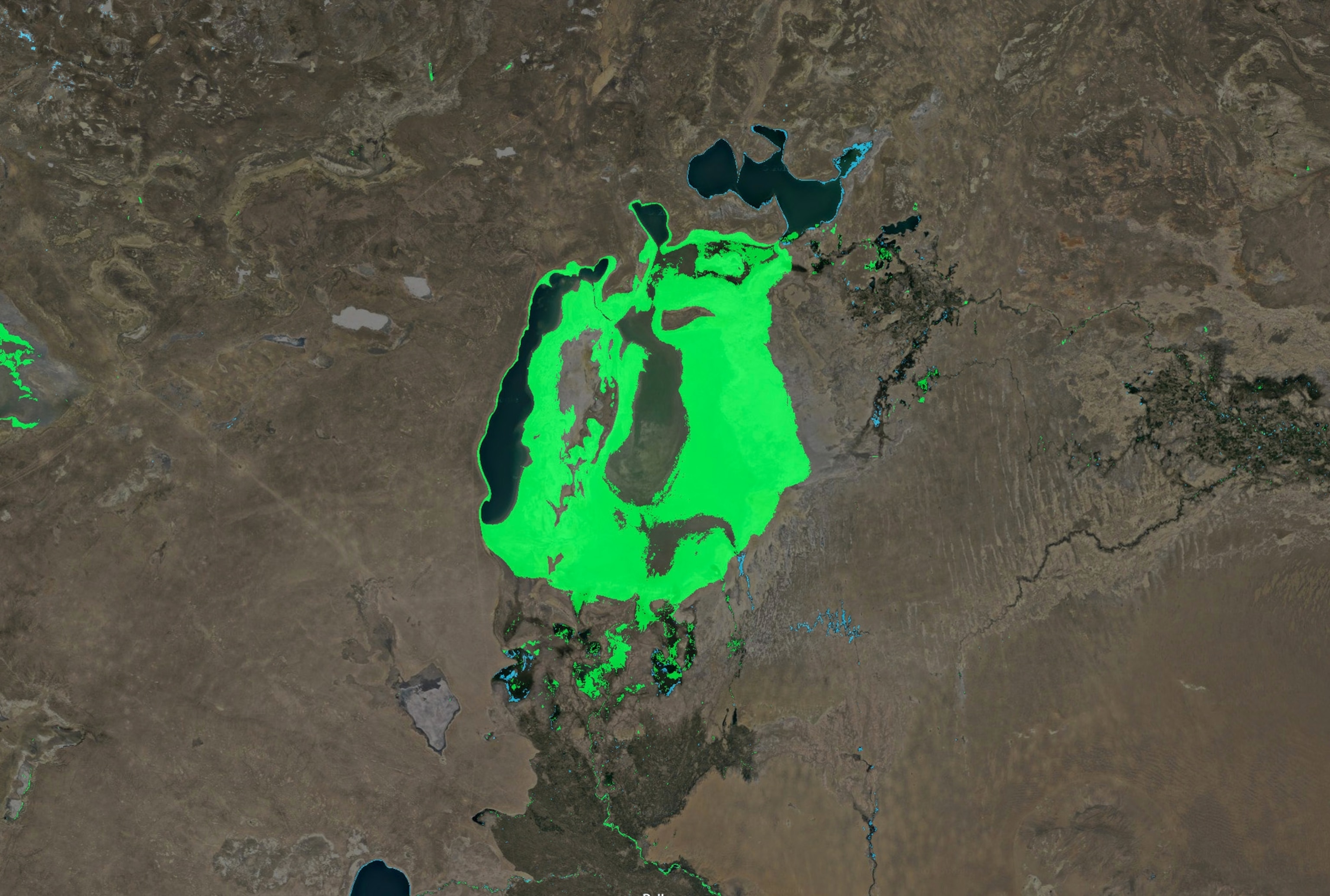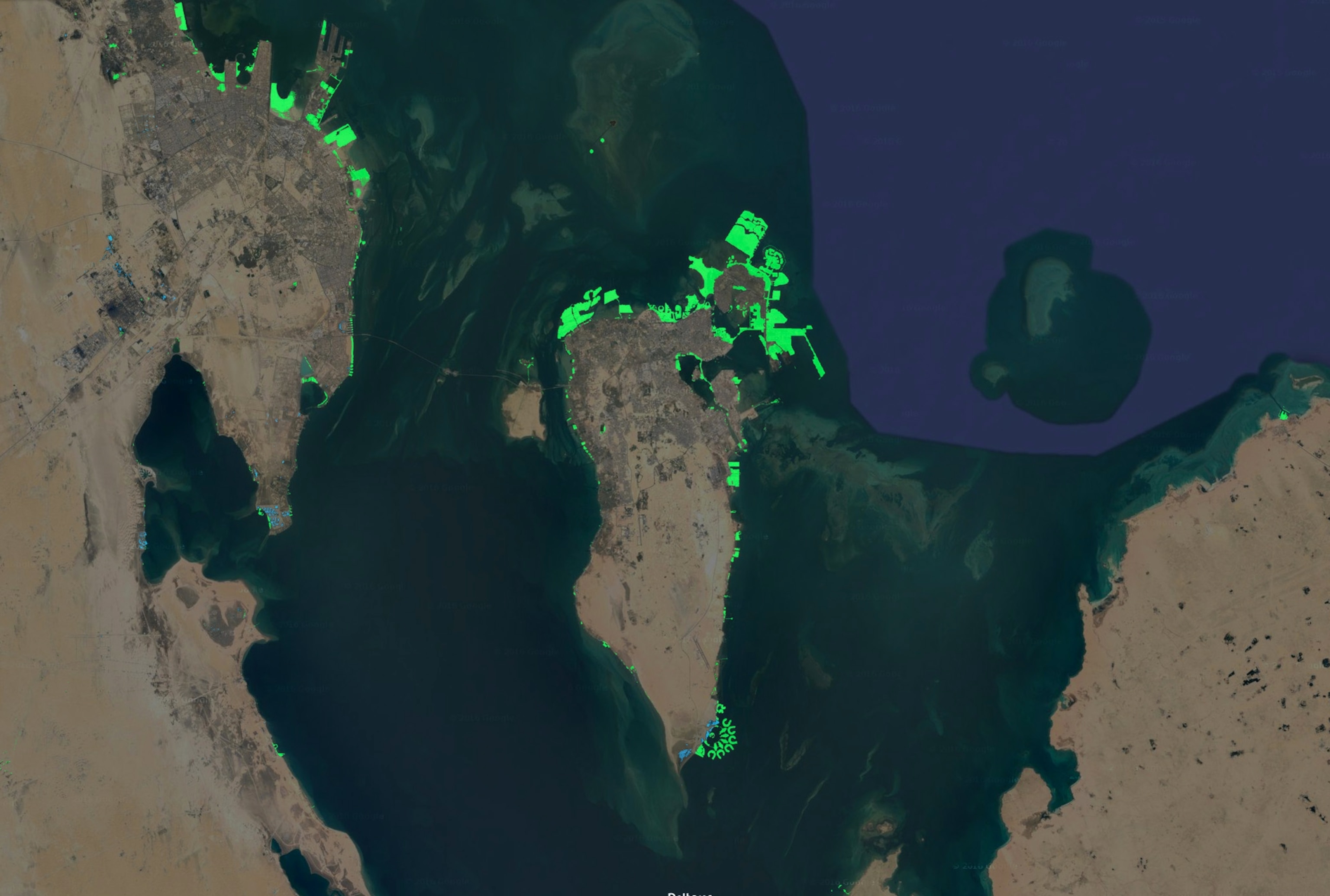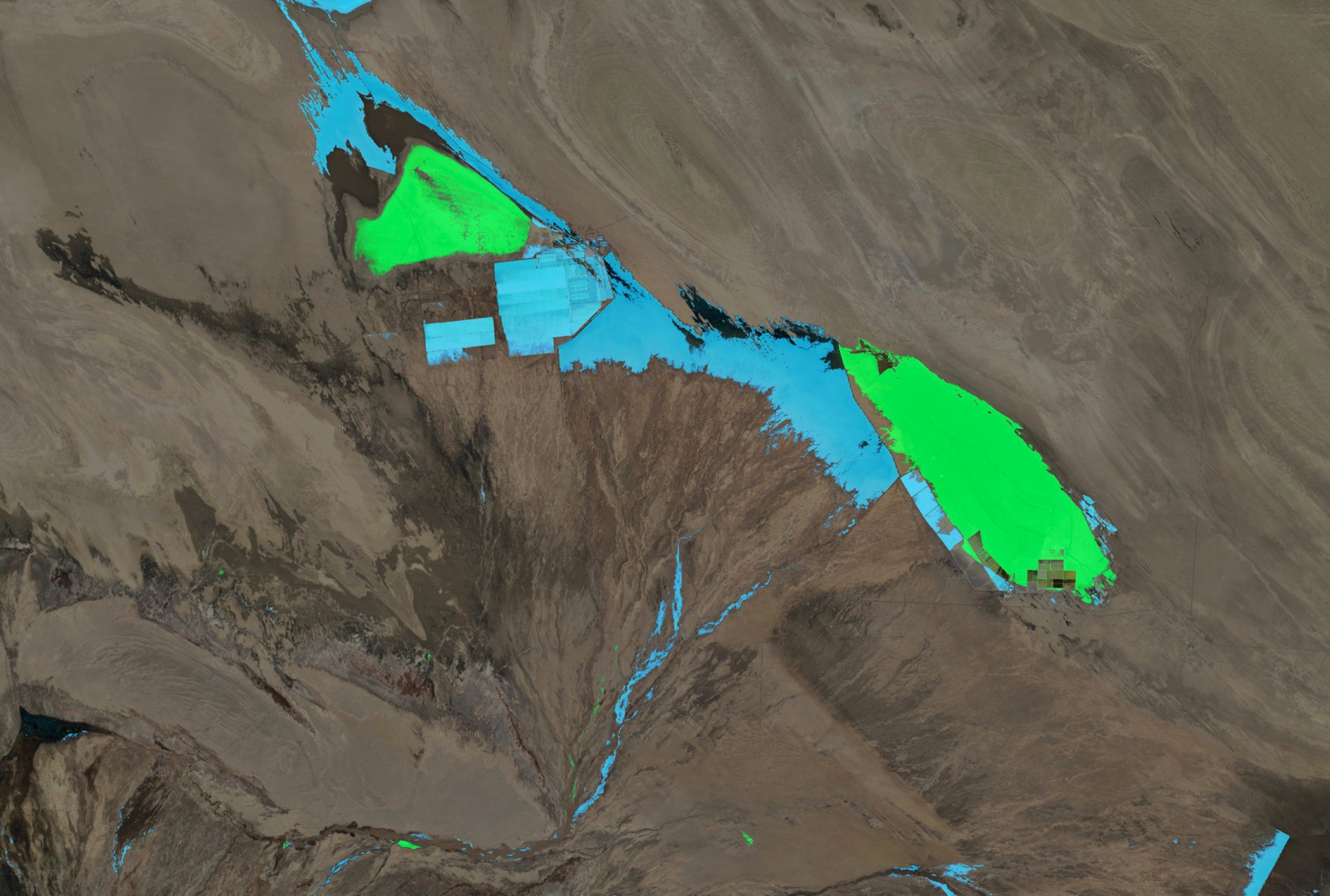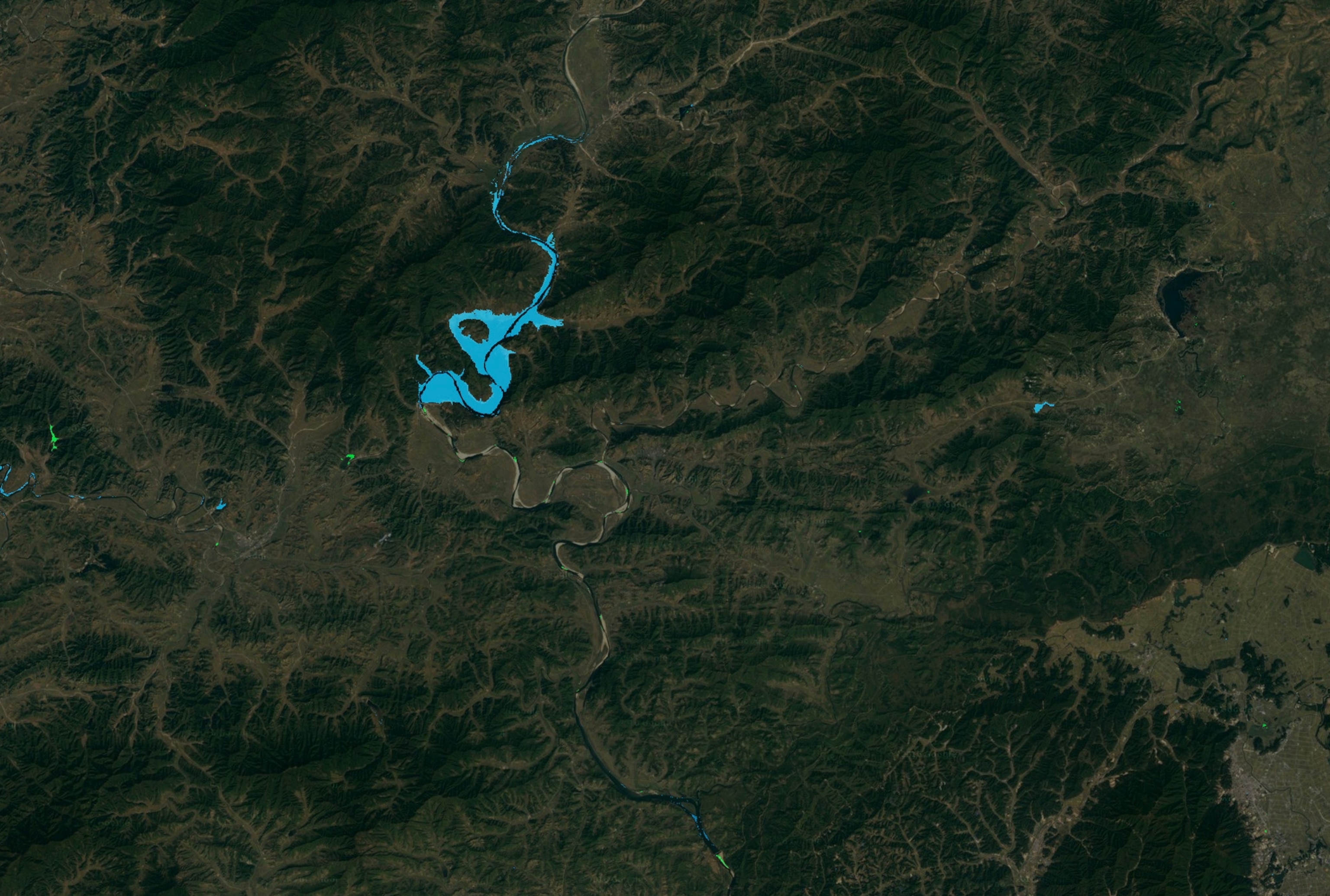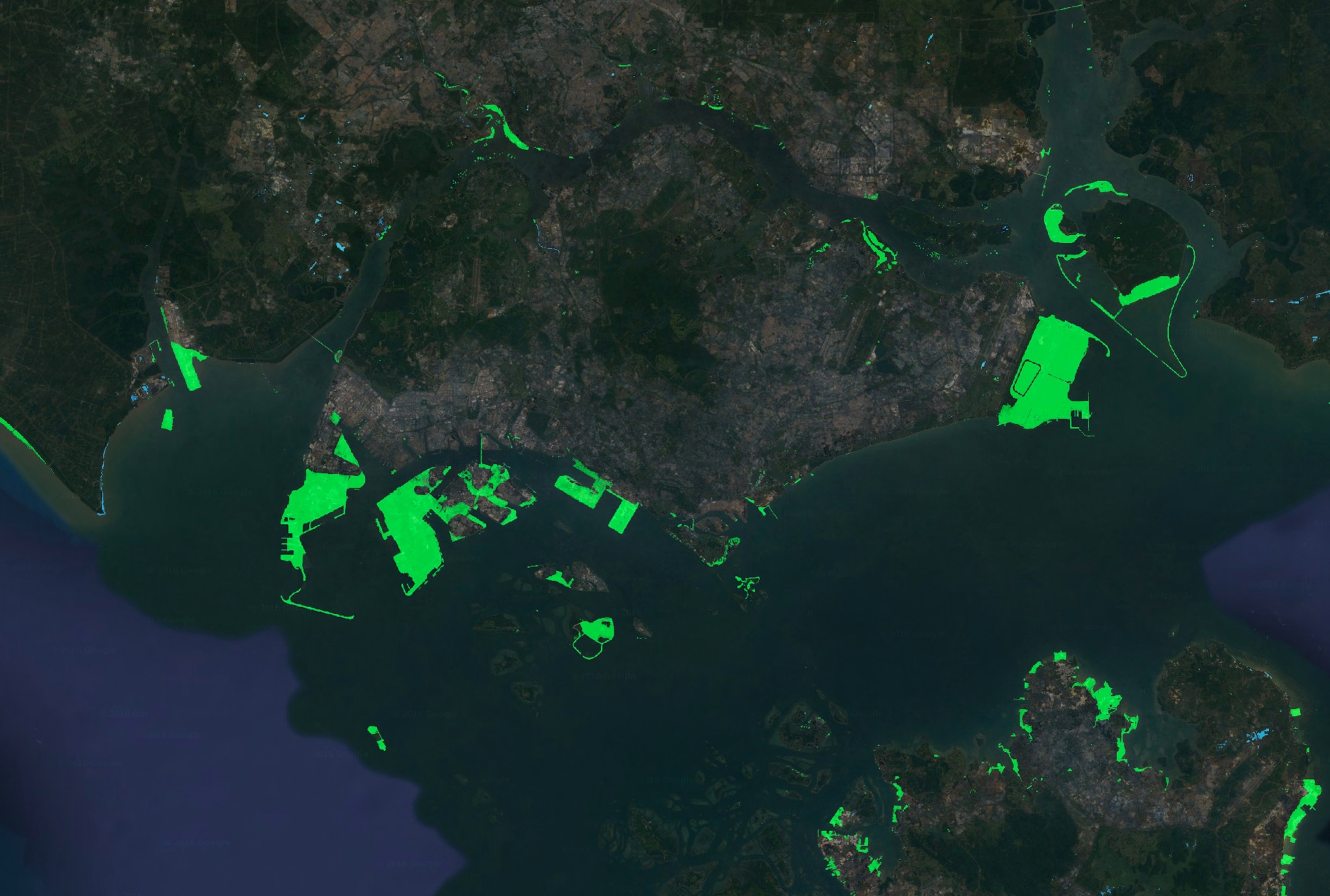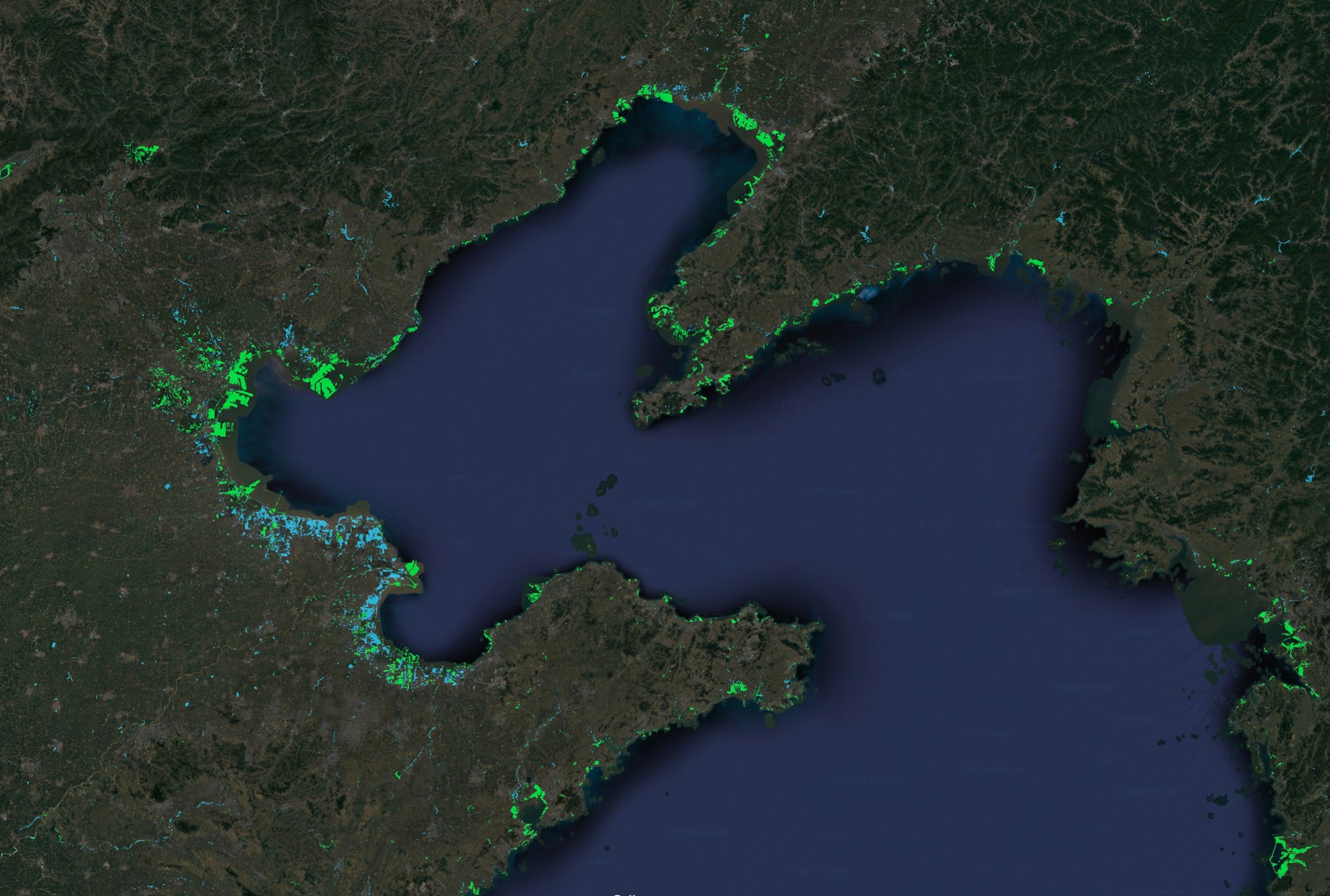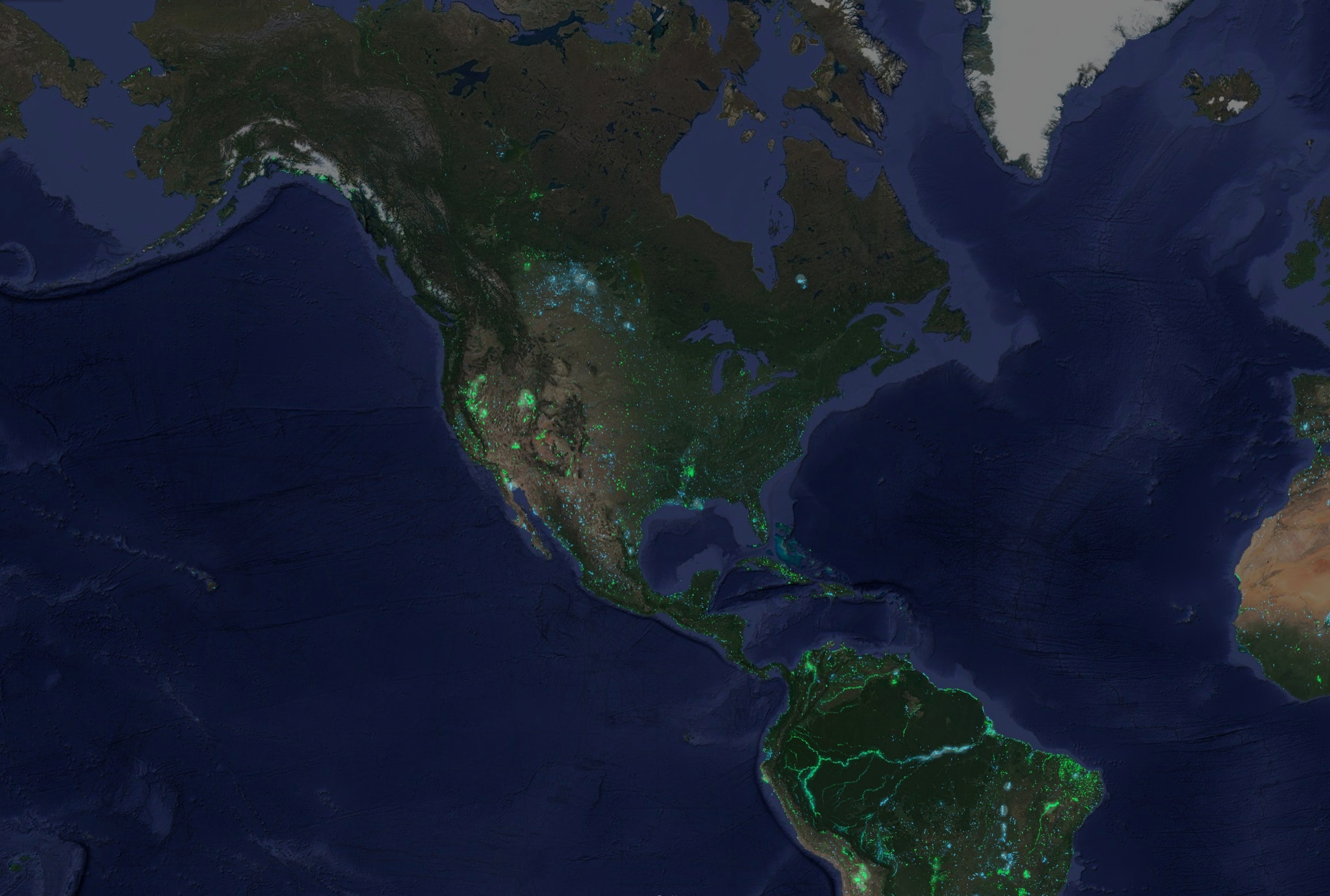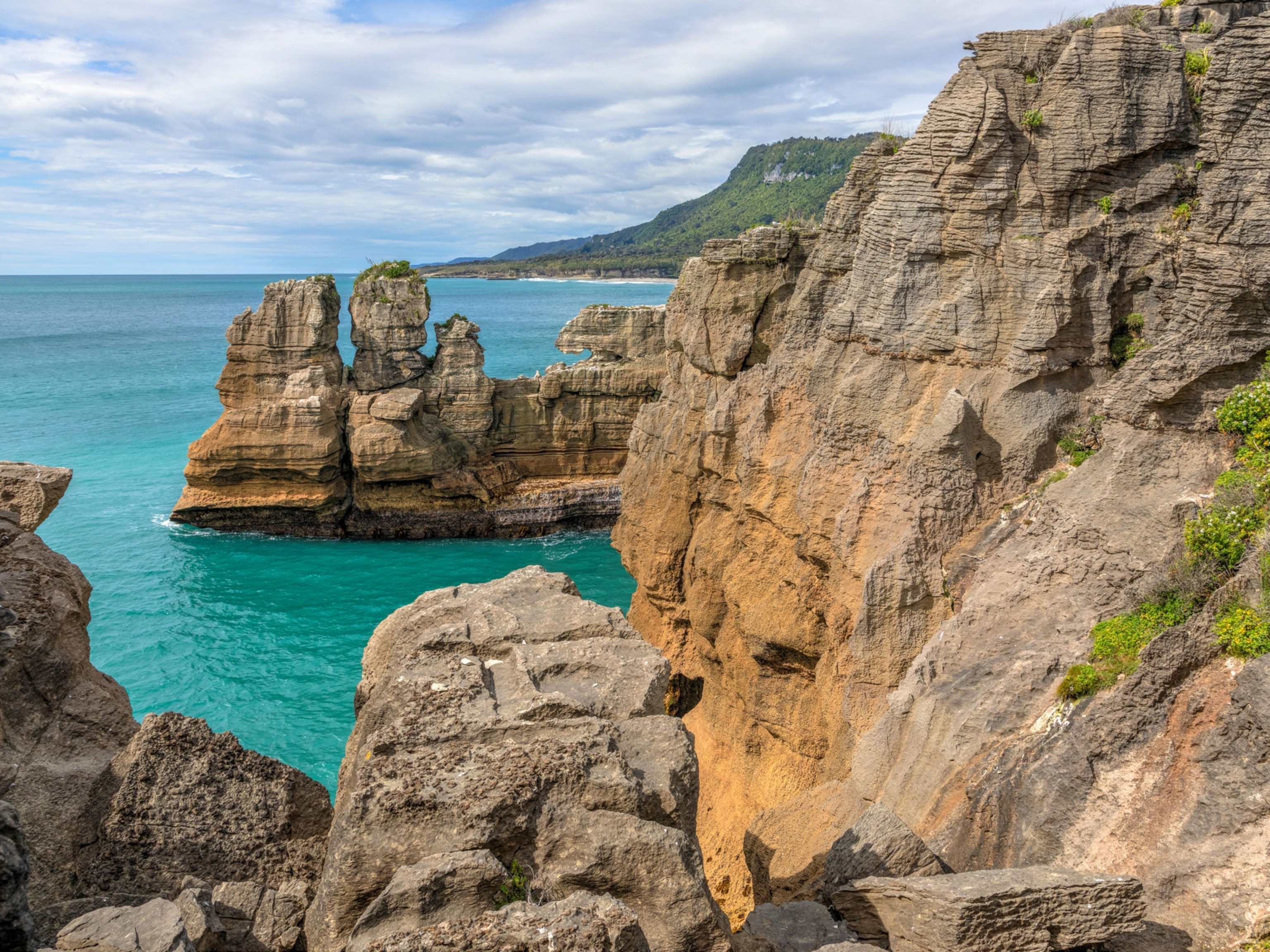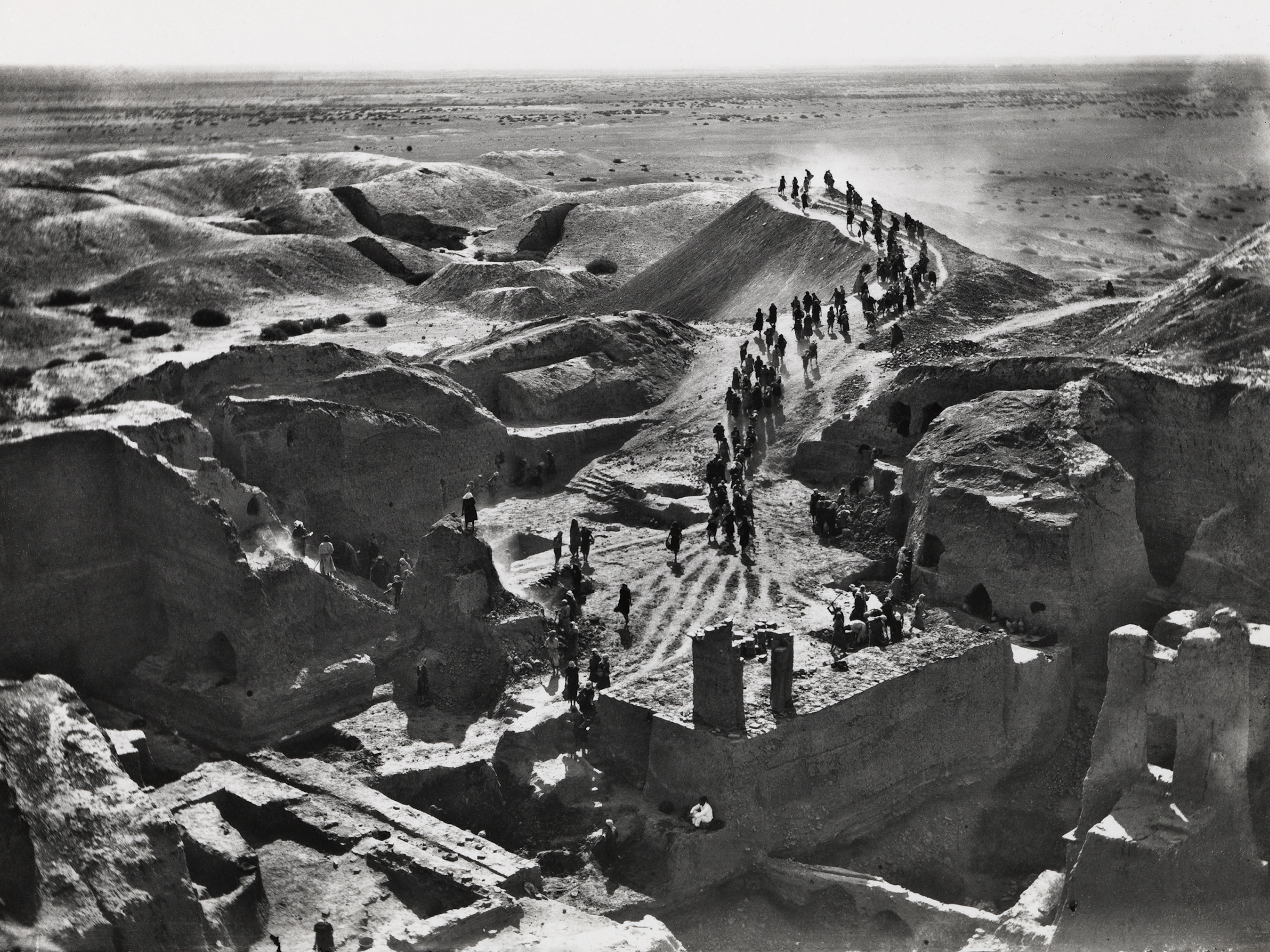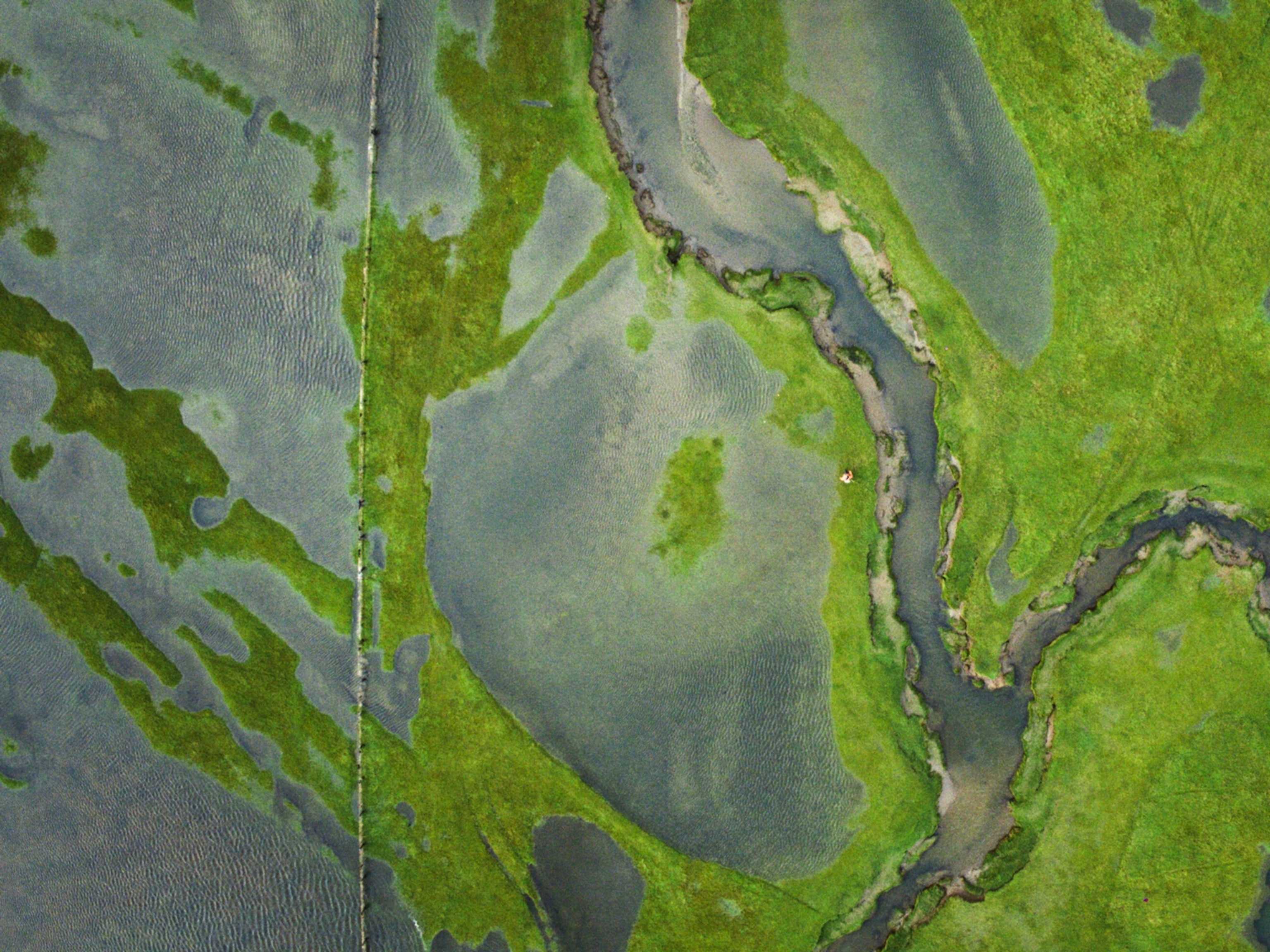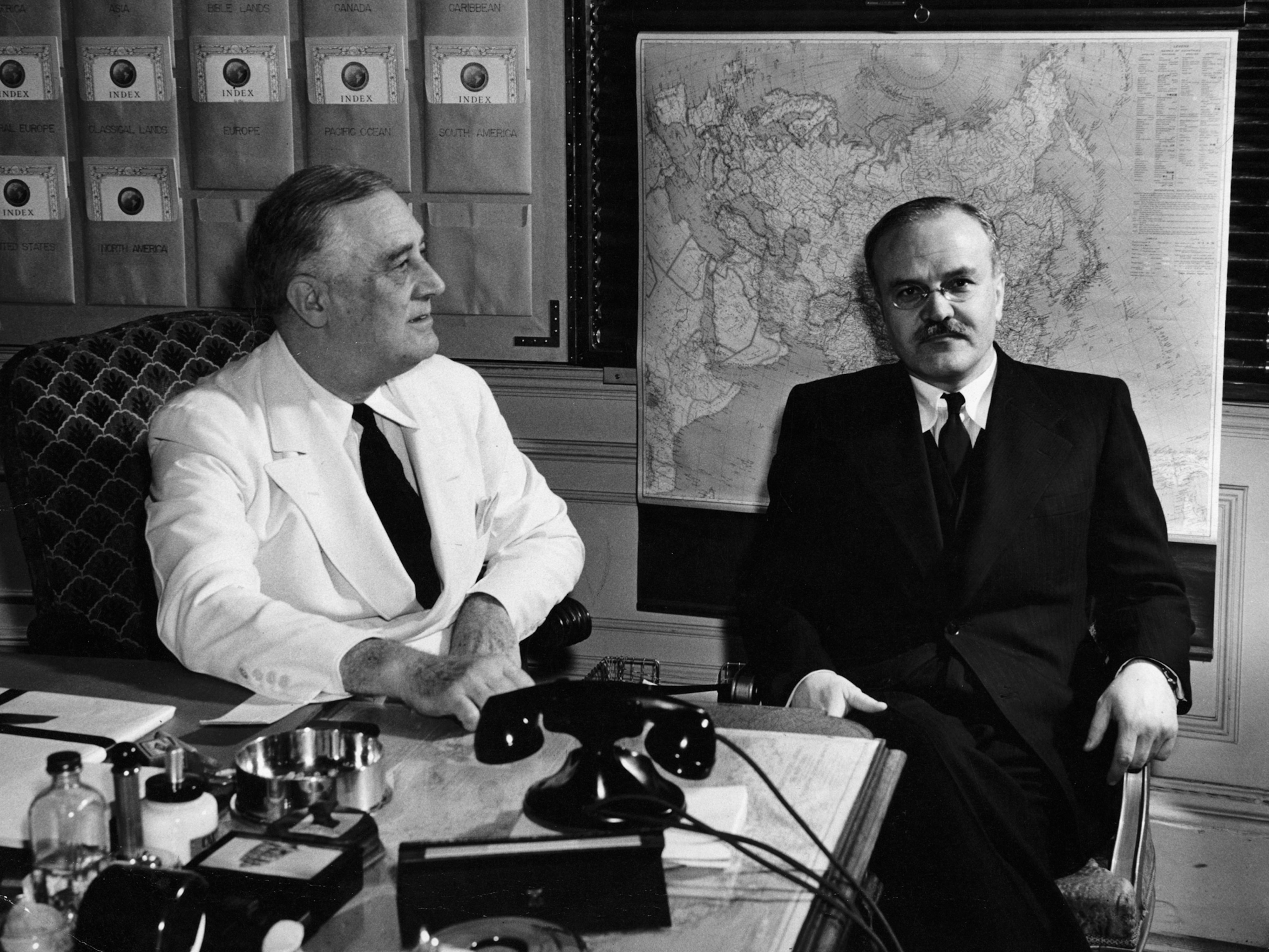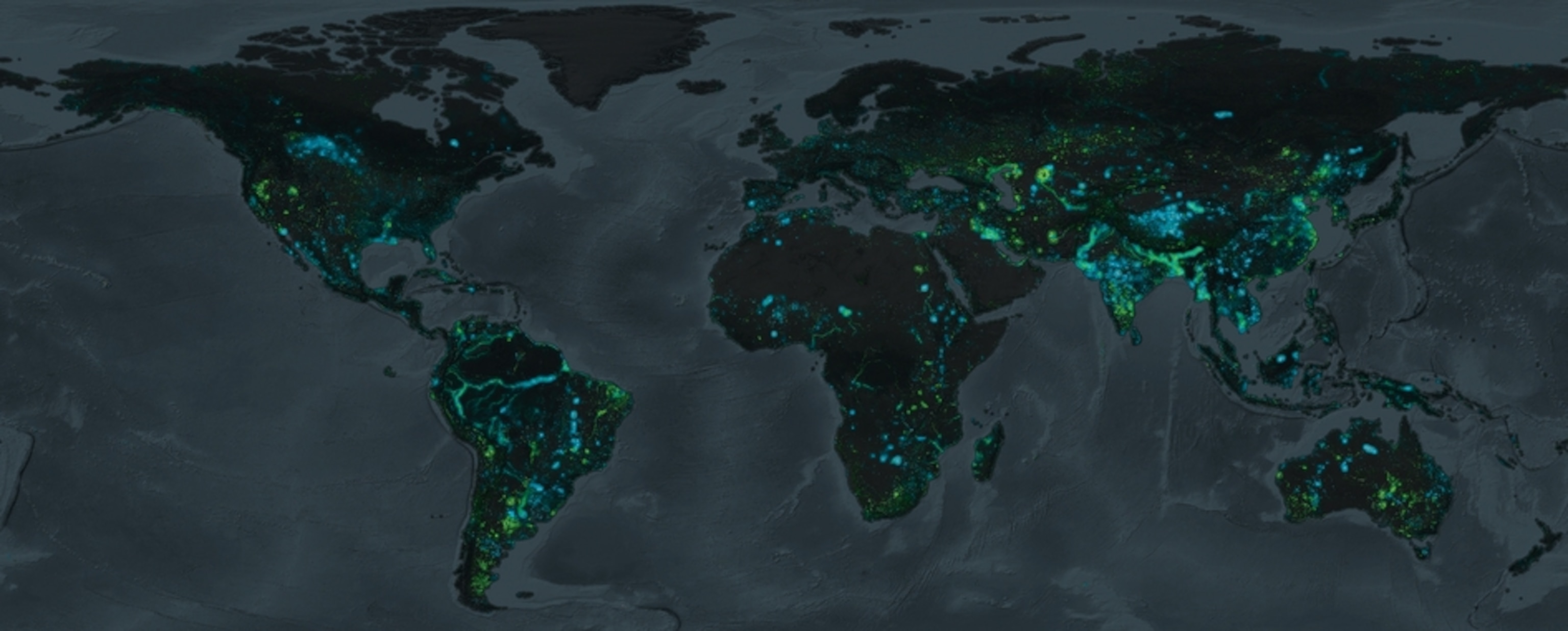
New Map Shows Where Earth Has Gained and Lost Land
Scientists who mapped where land and water have shifted were surprised to find that Earth has gained more land than it has lost since 1985.
With sea level rising and ice caps melting, it’s easy to believe that more of Earth’s land is covered by water every year. While this is certainly true in some places, a new study found that there is actually slightly more land surface exposed than there was 30 years ago.
Using satellite images from Landsat’s four decades of continuous global coverage and Google Earth Engine, scientists mapped which parts of Earth’s surface have been covered in water, and which are now dry land. The results, shown in the map above, revealed that between 1985 and 2015 around 173,000 square kilometers (67,000 square miles) of water were transformed into land and 115,000 square kilometers (44,000 square miles) of water shifted to dry land. That’s a net gain of land area the size of Lake Michigan.

The changes are spread across the globe and are both natural and man-made. Many of them are well known, like the shrinking of the Aral Sea. But some changes had never been mapped before, such as the damming of the Rimjin River in North Korea just north of the border with South Korea. The areas with the most land converted to water were the Amazon River Basin and the Tibetan Plateau, which you can see in blue in the image above. Surprisingly, coastal areas across the globe had a net gain of more than 13,000 square kilometers (5,000 square miles) of land, largely due to human construction that has outpaced natural erosion.
The researchers, led by Gennadii Donchyts of the Deltares Research Institute in the Netherlands, have made the data available to the public, and you can explore the whole globe at 30-meter resolution on the interactive Aqua Monitor map. They described the project and their analysis in the journal Nature Climate Change on August 25. We’ve highlighted some of the most striking changes in the gallery below, including Lake Mead near Las Vegas, the Mississippi Delta, and Dubai’s artificial Palm Island.

